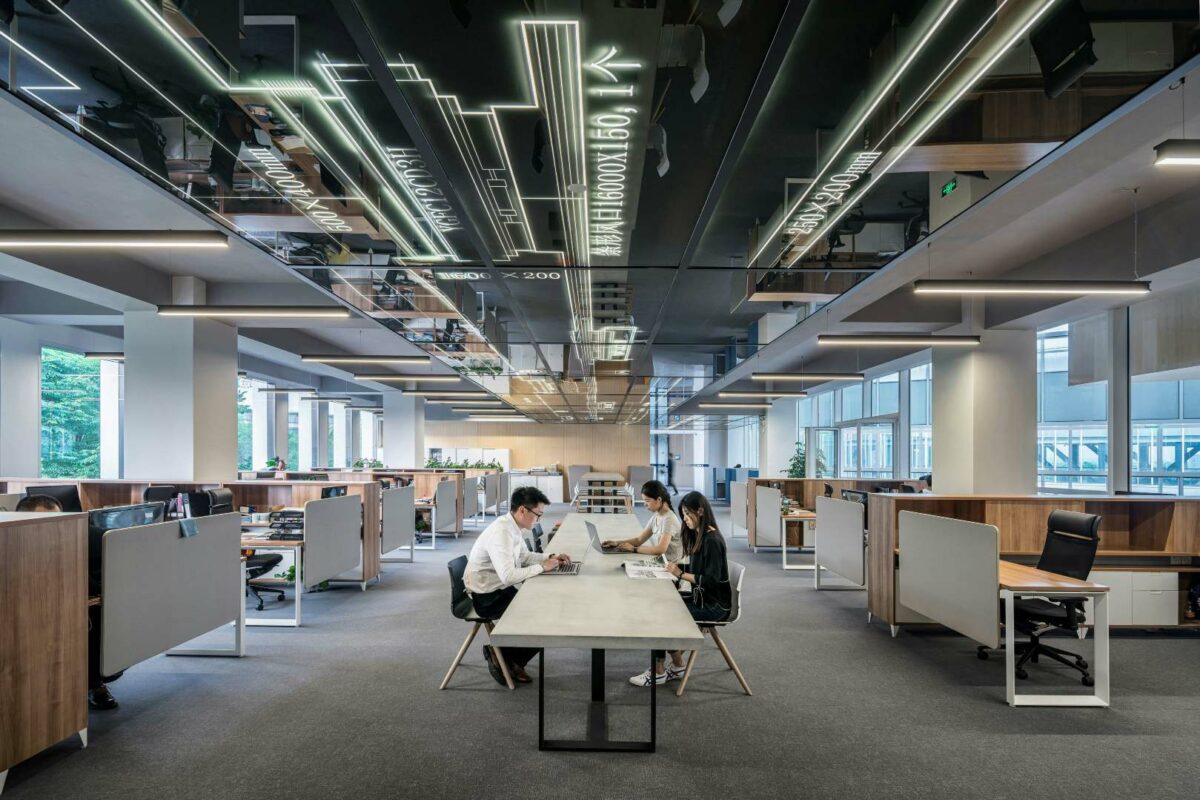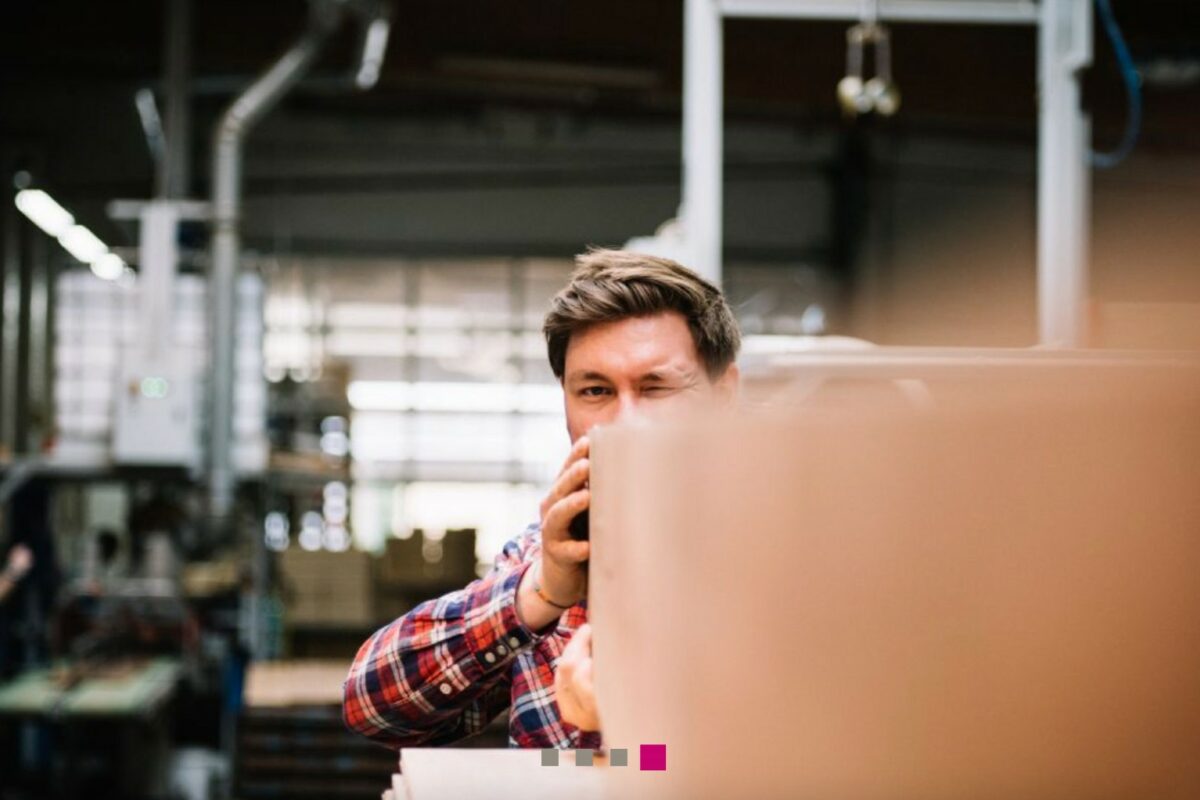From our earliest school days, we are encouraged – and often compelled – to sit down while we work. Many of us get into the sedentary habit and take it for granted throughout our careers, not thinking about the long-term health impact of the hours, days and weeks spent diligently operating without much movement.
On a day-to-day basis, it can be hard to see the problem. What harm can it do to sit down while you concentrate on your work? What other options are there? But an increasing body of evidence is showing a link between sedentary behaviour and health problems – such as type 2 diabetes, heart disease, cancer and even premature death.
Consider a high-profile study recently undertaken by Queen’s University Belfast and Ulster University. Using data from previous studies, researchers evaluated the financial impact of sedentary behaviour on the NHS. Alarmingly, they found that it contributed to around 70,000 deaths in 2016, and that it was associated with a staggering 11.6% of all UK fatalities.
A leadership issue
For organisational leaders in office environments, this should give pause for thought. The working environments they are responsible for providing can clearly have a direct and dramatic impact on the health of their colleagues.
Quite rightly, 21st century employment culture is becoming much more focused on physical and mental health, but for many organisations, the office environment remains stubbornly traditional. Sure, modern offices can look great but, more often than not, they still require people to sit down for up to 40 hours a week.
Changing expectations
Yet as office workers become more aware of the need to safeguard their own health, expectations are evolving and responsibilities shifting. Staff can’t readily change their workplace without management buy-in and look to their employers to deliver the changes in culture that are needed. Make no mistake, this is a leadership issue.
Wellness initiatives, such gym memberships, can prove a great starting point but, ultimately, it’s the office environment itself which needs to evolve and that needs a bigger cultural shift. That means taking a proactive approach to comfort and ergonomics in the one place the employee spends the bulk of their time—their desk.
There are a wide variety of options that businesses can consider in order to build movement into their environment and culture. Access to sit-stand workstations, for example, allows employees to vary their posture while staying productive. A 2018 study carried out in the NHS revealed how this kind of workspace technology helped reduce levels of fatigue and improve engagement.
Mobility and productivity
Other changes in physical workspace can also be beneficial. For example, small-group brainstorming often means gathering in a room with a whiteboard, with each person hugging their own laptop. If the room was equipped with a couple of monitors on arms, people could connect their laptop and share their screens with the group in a much more visible way.
Within the office, monitor arms can also help people work more comfortably, allowing the flexibility for colleagues to stand up and work together. This promotes additional movement during a potentially sedentary day. Offering workers two or more monitors can also help improve productivity, because they can simultaneously view several relevant files and screen-share more effectively, sparking spontaneous collaboration.
A worthwhile investment
Other leadership initiatives include encouraging walking meetings or introducing bar tables into the cafeteria, to give people an alternative to sitting. Yes, there may be some investment required, but research has revealed that shifting office culture to a more mobile environment could increase life expectancy, productivity and job satisfaction.
Importantly though, office workers can’t do this alone – workplace wellbeing is a leadership issue. Give static workers the tools to help them move more and you’ll both reap the rewards.
To see more information on the effects of sedentary behaviour, click here.
Christophe Clerc-Renaud is senior sales director EMEA at ergonomic equipment supplier, Ergotron.
Sophie Barton
Sophie Barton is our Features Editor. She a journalist and editor with 20 years’ experience in the national media, specialising in wellbeing and lifestyle.




